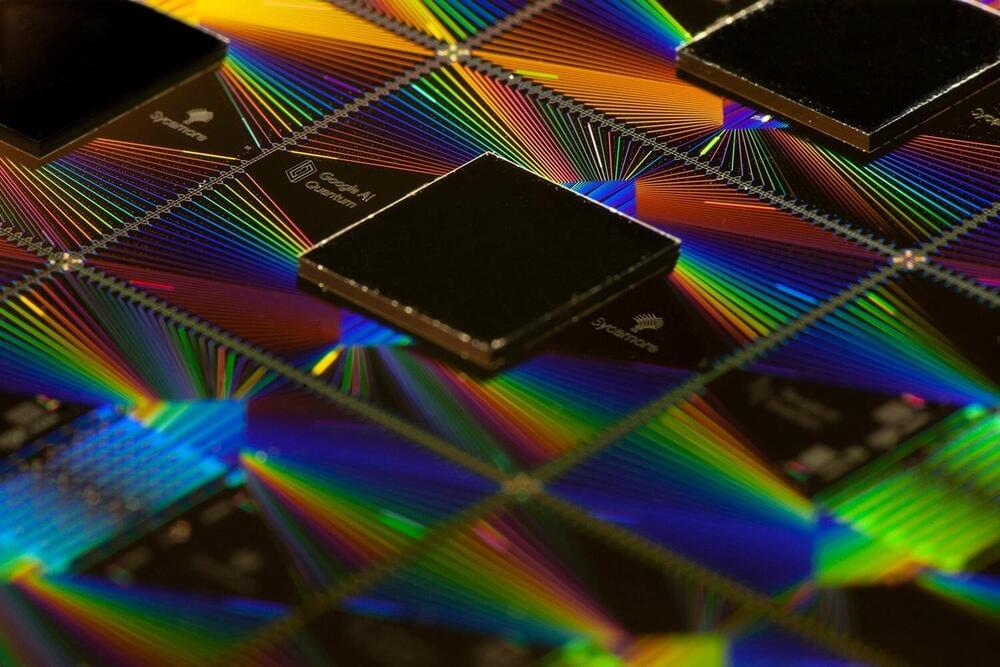
The Indian edtech giant Byju’s keeps getting bigger, having raised more than $4.5 billion since it was founded 10 years ago. This month the company made clear its ambitious research agenda: to achieve the science-fiction dream of building next-generation teaching aids with artificial intelligence.
Specifically, the company announced a new research-and-development hub, with offices in Silicon Valley, London and Bangalore, that will work on applying the latest findings from artificial intelligence and machine learning to new edtech products. The new hub, called Byju’s Lab, will also work on “moonshots” of developing new forms of digital tutoring technology, said Dev Roy, chief innovation and learning officer for BYJU’s, in a recent interview with EdSurge.
“Edtech is one of the slowest adopters of AI so far, compared to some of the other industries out there,” Roy said. “Even in health care, what DeepMind has done with mapping the proteins of DNA—nobody’s doing that in the education sector.”









